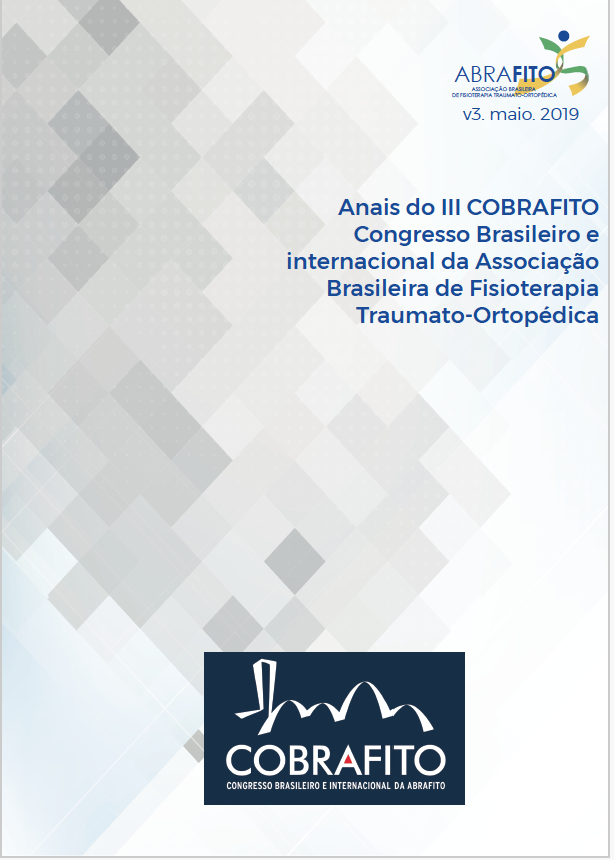ISOKINETIC ECCENTRIC TRAINING IS BETTER THAN CONSTANT LOAD ECCENTRIC TRAINING ON THE QUADRICEPS REHABILITATION FOLLOWING PARTIAL MENISCECTOMY: A RANDOMIZED CLINICAL TRIAL
Resumo
OBJECTIVES: To compare the effects of conventional (constant load) eccentric training and isokinetic eccentric training on quadriceps muscle mass, strength and functional performance in recreational athletes following partial meniscectomy. METHODS: Thirty two recreational male athletes (~27 years old) undergoing partial meniscectomy received a standard rehabilitation program. Volunteers were randomized to conventional group (CG; n=16) or isokinetic group (IG; n=16) to be engaged in a 6-week (2 sessions/week) quadriceps eccentric training program at the extensor chair or at the isokinetic dynamometer, respectively. Assessments of quadriceps muscle mass, strength and functionality were performed before and after training programs. RESULTS: Training programs produced higher changes in IG compared to CG in all outcomes (p<0.05), except the single leg hop test (no between-group difference). The conventional training promoted small effect sizes for muscle mass outcomes (3-8%), small to moderate effect sizes for quadriceps strength (3-11%) and moderate effect sizes for single leg hop performance (11%). The isokinetic training led to large effect sizes for all muscle mass outcomes (increases of 9-10%), as well as for quadriceps strength (22-38%) and single leg hop performance (15%). Both groups showed large effect sizes for the Lysholm score (17-28%). CONCLUSION: After partial meniscectomy, isokinetic eccentric training promotes grater adaptations than conventional eccentric training on quadriceps muscle mass, strength, and functional capacity.

